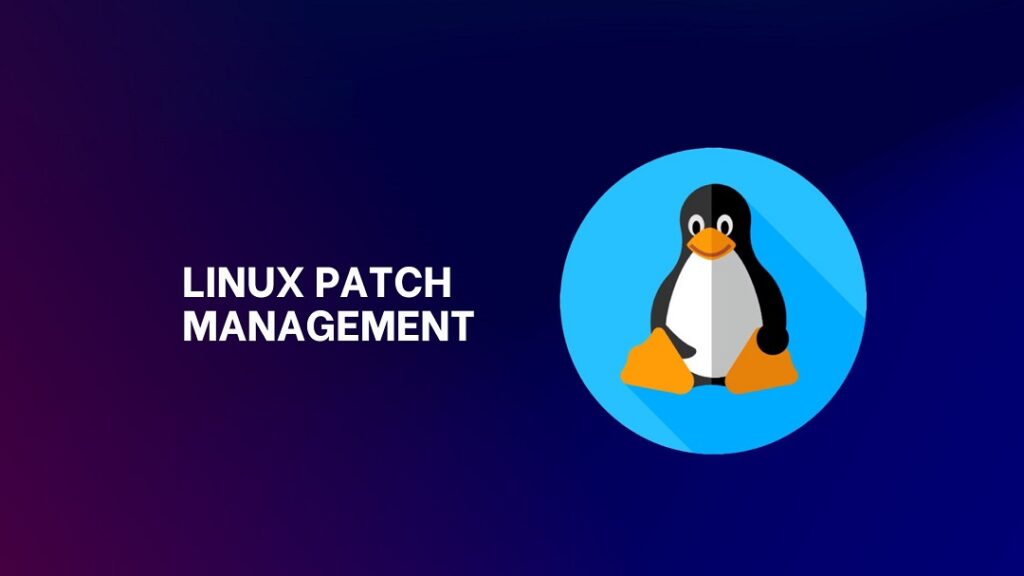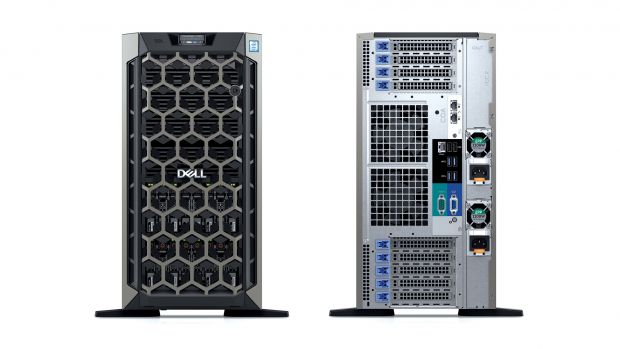In the intricate ecosystem of server management, patching remains a cornerstone for ensuring system security and stability. Across various Linux distributions such as Debian, Ubuntu, and CentOS, effective patch management is essential. This article serves as a comprehensive guide to Linux patch management, exploring strategies for streamlining server updates while delving into the significance of centralized management and the availability of free patch management solutions.

Content
Understanding the Importance of Linux Patch Management
Linux patch management is the process of applying updates and patches to Linux-based servers to address security vulnerabilities, fix bugs, and improve overall system performance. With the open-source nature of Linux distributions, staying vigilant with patch management is crucial to mitigate potential risks and ensure the reliability of server operations.
Debian Patch Management: Best Practices for Stability and Security
For organizations leveraging Debian-based systems, effective patch management is imperative to maintain system stability and security. Debian patch management involves regularly updating packages and applying security patches to safeguard against potential threats. By adhering to best practices and leveraging automated tools, administrators can streamline the patching process and minimize vulnerabilities.
Optimizing Ubuntu Patch Management for Enhanced Performance
Ubuntu, another popular Linux distribution, emphasizes ease of use and stability. Effective Ubuntu patch management involves staying up-to-date with security updates and package upgrades. By implementing automated patch deployment mechanisms and leveraging centralized management solutions, organizations can optimize Ubuntu patch management processes and enhance server performance.
Free Linux Patch Management Solutions: Empowering Organizations
In today’s budget-conscious environment, the availability of free Linux patch management solutions is a boon for organizations looking to enhance their server security without incurring additional costs. These solutions offer essential patch management functionalities, including automated deployment, patch scheduling, and centralized management capabilities. By leveraging free Linux patch management tools, organizations can streamline server updates and bolster their security posture.
CentOS Patch Management: Ensuring Reliability in Enterprise Environments
CentOS, known for its stability and reliability, is widely used in enterprise environments. CentOS patch management involves systematically applying updates and security patches to ensure system integrity and minimize downtime. By adopting centralized patch management solutions tailored for CentOS, organizations can simplify patching tasks and maintain a robust security posture across their infrastructure.
The Role of Linux Centralized Patch Management in Simplifying Operations
Centralized patch management solutions play a pivotal role in streamlining Linux patch management across diverse distributions. These platforms offer a unified interface for administrators to manage patching activities, regardless of the underlying distribution. By centralizing patch management tasks, organizations can achieve greater efficiency, consistency, and control over their server update processes.
Conclusion
In conclusion, effective Linux patch management is essential for maintaining the security, stability, and performance of servers running various distributions such as Debian, Ubuntu, and CentOS. By implementing best practices, leveraging automated tools, and adopting centralized management solutions, organizations can streamline patching processes and mitigate potential risks effectively. Furthermore, the availability of free Linux patch management solutions empowers organizations to bolster their security posture without straining their budgets.

I’m Kelly Hood! I blog about tech, how to use it, and what you should know. I love spending time with my family and sharing stories of the day with them.

